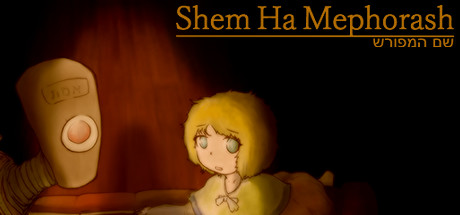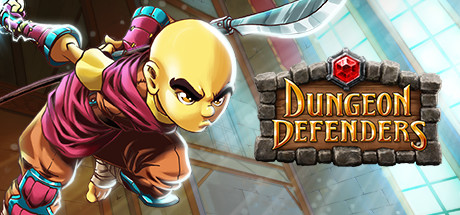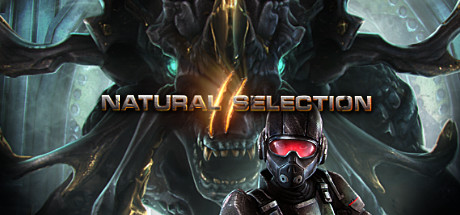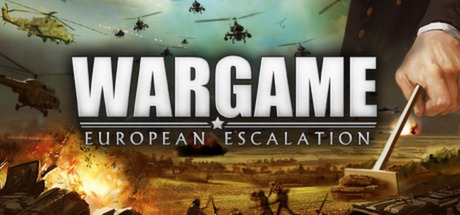ShemHaMephorash Reviews
"ShemHaMephorash" is a historical low fantasy strategy game set in the battlefield at the end of the 19th century, where you can explore the language of miracles. Treat the unique "rabbi" and the soldiers skillfully and guide them to the end.
| App ID | 1481720 |
| App Type | GAME |
| Developers | SignTyche, Tyche's Bookshelf |
| Publishers | Tyche's Bookshelf |
| Categories | Single-player |
| Genres | Indie, Strategy, Simulation, RPG |
| Release Date | 29 Mar, 2023 |
| Platforms | Windows |
| Supported Languages | English, Japanese |

28 Total Reviews
27 Positive Reviews
1 Negative Reviews
Score
ShemHaMephorash has garnered a total of 28 reviews, with 27 positive reviews and 1 negative reviews, resulting in a ‘’ overall score.
Reviews Chart
Chart above illustrates the trend of feedback for ShemHaMephorash over time, showcasing the dynamic changes in player opinions as new updates and features have been introduced. This visual representation helps to understand the game's reception and how it has evolved.
Recent Steam Reviews
This section displays the 10 most recent Steam reviews for the game, showcasing a mix of player experiences and sentiments. Each review summary includes the total playtime along with the number of thumbs-up and thumbs-down reactions, clearly indicating the community's feedback
Playtime:
1485 minutes
The best Strategy about the Great Game out there. Which isn't saying much since there aren't any games about 19th Century Afghanistan (Paradox Grand Strategies don't count imho).
It's very ambitious.
What I appreciated was that:
-The maps are all handcrafted and feature landmarks (like lakes etc.) that can be seen from the World Map
-Because the maps are handcrafted, they have unique designs with points that can be exploited strategically
-Because the maps have unique designs, they all feel visually distinct. It's worth mentioning, because almost all the maps are some variation on "Afghanistani Mountains". It takes subtle but hard work to make one mountain look different from another.
-Every faction has its own unit roster, that is unique both aesthetically and strategically.
(For example: The British Infantry that can be hired from Day 1 features Pashtun Militias (cheap, fast, crowd control), Vampire Golems (cheap, good upgrades), Indian Recruits (???, didn't use), British Marines (expensive, tanky))
-Every unit has 2+ abilities that are (at least situationally) useful. The ability amount can be confusing: British Light Cavalry has 4 different attack skills to choose from.
-All abilities and spells, even minor ones, have a few sentences of description text, that help in understanding the setting's lore and tone.
-Magic changes across factions. Not only in terms of Heroes and Spells. But also thematically: the more "industrial" Western approach to magic clashes with its more "traditional" use in the Islamicate world, eventually "something" happens in the main story because of this. It's satisfying to see dynamic lore.
-There are many Hero units per faction and neutrals that can be hired, all have unique skills or spells and dialogues (at least when dying).
-British Golem Magic is very fun. "Summoning a flood of undead troops" and "(somewhat realistic) 19th c. Line Infantry Tactics" go together like bread and butter.
-The game's "gunplay", the way the gun and artillery shots feel slow but powerful, manages to make the fights feel like 19th c. Line Infantry combat. The gameplay forced me to think like a 19th c. General and was the most immersive part so far. "Take that hill! I don't care if they have a gatling gun! Just take the shot!" <- I suddenly understood movie generals that said lines like that.
-Some levels involved strategies and positioning that felt like they could have been used by a British general from the 19th century. They weren't frequent, but there were some "hey, is it possible that something like this happened in real life?" moments.
-The (first) campaign focuses on a personal story of self-discovery by a teenage Rabbi. It contrasts with the larger-than-life events and cutthroat politics unfolding across all of Afghanistan. At first the contrast felt jarring, but I appreciate it after completing the game. A personal, subjective point of view helps with grounding the setting - thereby making it feel lived-in.
^ The best thing about the elements I listed above, is that they synergize with each other to increase fun or immersion.
Not necessarily in the same battle. But there's a "build-up" of "immersion" that happened over time, as I watched a teenager try to calm herself before a cavalry charge in one match, read an evocative spell description in another one, had a tense artillery duel in another...
At some point I started believing in the setting, it became its own thing. Very few games managed to get me immersed/invested like that. And those games had x10 the budget and team of Shem HaMephorash.
Shem HaMephorash is also a case of "a setting the author wanted to express". I respect authors that don't compromise on their world, especially in something as commercially-oriented as the gaming market.
It does so many things right, I love it.
I love it in its incompleteness and flawedness.
It is flawed and incomplete. I don't want to list my issues with it, because I think it's unfair to complain about something this small yet ambitious.
👍 : 2 |
😃 : 0
Positive







